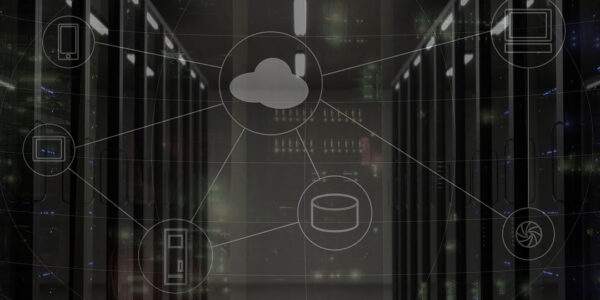What The Best Managed Cybersecurity Firms in Austin Know About Vulnerability
The best managed cybersecurity firms in Austin know that about 80% of all cyberattacks could have been prevented if security patches had been applied conscientiously, to close up vulnerabilities and deny hackers an opportunity. This survey was conducted by eWeek Magazine, and a total of 318 companies were polled after suffering some form of cyberattack. If most business owners were aware of this fact, they wouldn’t hesitate to be much more persistent about installing security patches immediately. Below are some other important facts that the best managed cybersecurity firms in Austin know about vulnerability and how to overcome it.
Why companies fail to patch adequately
First of all, most business owners are unaware of the statistic described above, about how effective patching can prevent cyberattacks. But even if they did know, chances are they wouldn’t be as conscientious about patching as they should be. In some cases, businesses retain rogue systems or decommissioned systems on their network without realizing it, and these can be extremely vulnerable to attack. At other times, management may just be unaware that their system patches are not current, and need to be updated.
Small businesses with limited staffing often don’t have the resources in-house to test and deploy patches as they become available. Some managers are afraid that if new patches are constantly being applied, it will cause existing applications to fail and trigger unforeseen business problems such as downtime. Another reason that has been offered by some business managers for failing to patch is that their business requires 100% uptime, and they simply don’t have a window where patches can safely be applied. All of these are reasons why patching might be inadequate among some businesses, but none of them are good reasons, especially when you consider the alternative.
Establishing a Vulnerability Management Program
The best managed cybersecurity firms in Austin are aware that it’s crucial to establish a Vulnerability Management Program at your business which includes all patch management policies and procedures. This is the only way to adequately address the constant threat of cyberattacks, and to have any real confidence your network is secure. As always, it will be necessary to have support from Senior Management, so they need to know that a Vulnerability Management Program will cost far less than a data breach.
Since it’s impossible to provide protection for things you don’t know about, it’s absolutely essential to have a full inventory of your cybersecurity assets, including everything that has an IP address, and all applications that run on those devices. Patching should be prioritized according to the risk presented to the business, which means your company will have to establish change management windows for testing and patching. If you have legacy systems that can’t be patched, you need to identify alternative controls that will mitigate the risk. If necessary, engage the services of outside engineering resources to enhance the skills and knowledge provided by your current team.
Establishing a Vulnerability Management Program
In order to establish a Vulnerability Management Program at your company, you’ll need to undertake the following steps:
- Outline a formal program – this will provide an overall structure and approach to handling vulnerabilities. How simple or elaborate this gets will depend on how complex your organization is, but it should always include timelines and remediation expectations.
- Identifying vulnerabilities – this will call for a comprehensive overview of your network so that all vulnerabilities can be identified. This should become a regular part of your program, with regular scans being conducted to ensure all issues are being handled.
- Evaluating risks – once risks have been identified, it should be the function of IT to determine the best approach for remediating those risks. If necessary, engage outside help to close up any gaps.
- Remediation – your management team should recommend priorities for all vulnerabilities, and identify whether they ought to be addressed through patching, reconfiguration, or some other mitigation strategy.
- Reporting – over time, a good Vulnerability Management Program will provide insights into the effectiveness of the program, and if you’ve established KPI’s for risk management, you should have a pretty good idea of how effective your program is.
One the more effective methods of managing vulnerabilities is by hiring the right outside IT team. For more information, click here to schedule a consultation with Terminal B.








